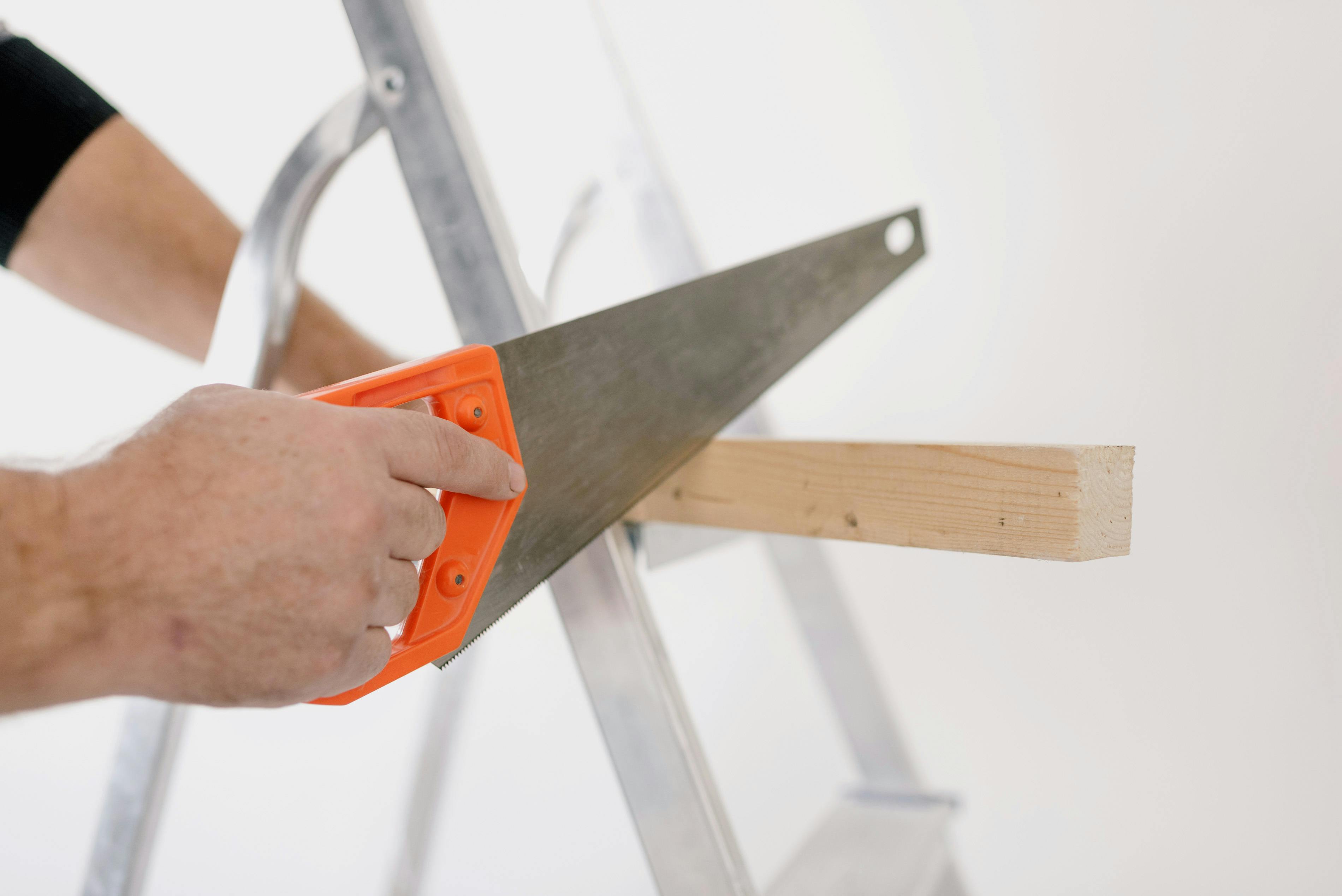In today’s world, businesses face a number of challenges, but few are as daunting as combating fraudulent checks. Technology has made it easier than ever for criminals to produce or alter a check so that only an expert eye can spot it. This crime is no longer the exclusive domain of large check fraud networks. The home PC and desktop publishing have brought this technology within the reach of the smallest petty criminal. Others choose to modify checks by using chemicals to remove all or part of the information and modify it to benefit the offender.
Often these crimes begin with the theft of a blank, canceled, or valid check. Occasionally, this is accomplished with the cooperation of an employee, but it can also be accomplished by someone rummaging through company trash, stealing company mail, or stealing blank checks or financial documents stored in an unsecured area. Recent changes to the Uniform Commercial Code have made it clear that businesses share the responsibility for preventing check fraud. For example, if the bank offers stock of checks with security features, the bank can claim negligence on the part of the company and is only partially responsible for losses due to fraud.
There are many ways a business can prevent check fraud. One of the most popular methods is the use of MICR check printing software which prints checks from secure blank paper. This eliminates the possibility of someone stealing blank checks. Most check printing software incorporates a number of security features, such as restricting user access to certain features unless authorized, dollar amount limits for specific or authorized uses, and requiring an authorized employee to log in and verify all checks before printing them. MICR check printing software and accounts payable automation has become one of the most popular methods of preventing fraud through internal security.
Another, more common way to avoid dealing with check fraud is to carefully examine all checks that pass through the hands of a business or individual. Bounced checks may not be obvious, but there are ways to tell them apart from a valid check. Bad or fraudulent checks usually lack perforations and the numbers on your checks may not change at all. The printed source is arguably different and often does not look professional. They are questionable when the name and address are printed in different fonts, whereas with a legitimate check, they are usually printed in the same font. If the MICR coding at the bottom is shiny, it’s probably a fake check. The MICR print is not glossy at all, it is quite dull in appearance.
Businesses can also limit the damage caused by fraudulent checks by setting maximum dollar limits on checking accounts and setting up a separate account for large payments. Businesses that request detailed reports from their bank for all large payments increase the likelihood of spotting a dishonest employee. It may not be possible to prevent all check fraud, but by using MIRC check printing software, internal security, and limiting the potential cost of fraud, an organization’s bottom line need not be affected by checks. fraudulent.




